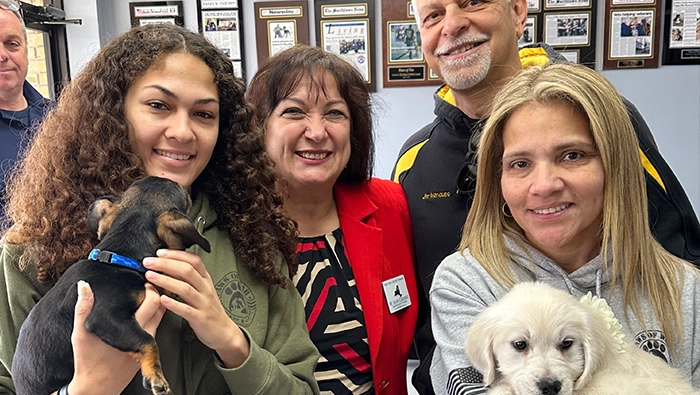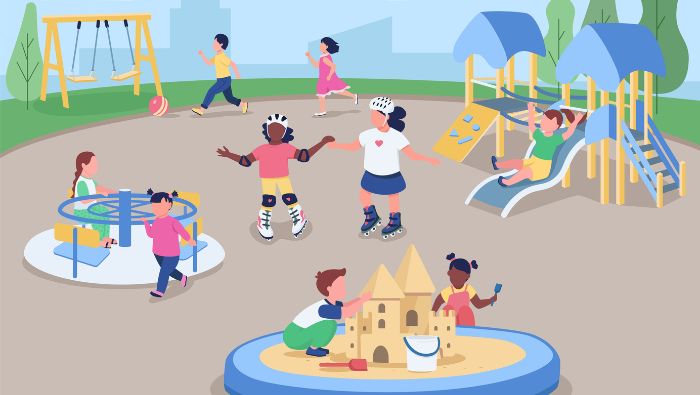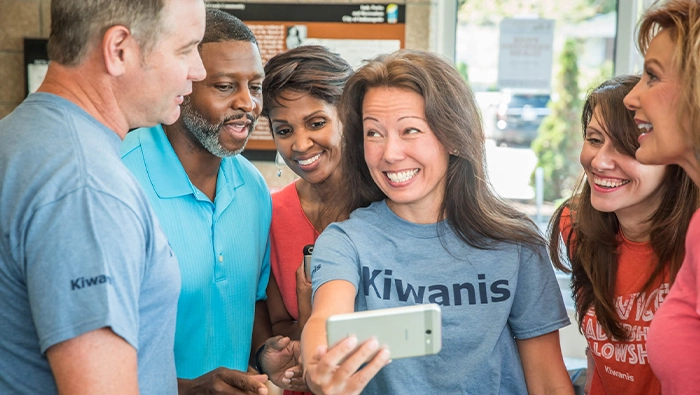
How creativity increases club value
A past New York governor reveals how one internet club thrives by doing things differently.
By James Mancuso
Photos by Maureen Neuringer
In the Kiwanis world, the term “membership” is often heard, and for good reason. The effectiveness of this organization hinges on the number of members willing to roll up their sleeves and contribute to community service.
However, as we strive to grow our ranks, perhaps it’s time to elevate another word in our lexicon: “creativity.”
One successful model is Kiwanis Club of the East Coast, U.S., which operates primarily online. Now in its second year, this internet-based club exemplifies how creativity can fuel growth and service impact.
The internet has become a powerful tool for increasing accessibility and engagement in Kiwanis. By creating a model that accommodates varying levels of commitment and involvement, Kiwanis Club of the East Coast demonstrates that it is possible to foster a vibrant community of service-minded individuals, regardless of their schedules.
A new way to engage
The club’s operating model is straightforward: Each quarter, members research and evaluate several charities. During their meetings, three selected charities present their missions and needs, followed by an electronic vote to determine which organization will receive funding. This structure not only keeps members engaged but also allows them to explore a diverse range of charitable causes.
Members commit to a quarterly donation of $100, leading to thousands of dollars in collective contributions. This system has enabled the club to make a significant impact without demanding excessive time from its members.
One of the notable charities supported by the Kiwanis Club of the East Coast is Night Out for You (see photo below), which offers adults undergoing cancer treatment experiences akin to “make-a-wish” services. By providing opportunities such as attending Broadway shows and dining out, they help ease the burdens of medical challenges.
The club has also supported organizations that provide service dogs to disabled veterans, care for injured wildlife, and offer music lessons to children — showcasing a broad spectrum of community interests.
Harnessing the internet’s power
As Kiwanis clubs navigate the challenges of membership growth, they must be willing to embrace creativity as a cornerstone of their efforts. Internet clubs can open doors to a wider audience. (See a Kiwanis blog post from last year regarding how the East Coast club itself came together.)
Kiwanis Club of the East Coast shows what Kiwanians can achieve when they adapt and innovate, proving that service and community impact can flourish in diverse formats.
If you are interested in membership, reach out to Club Secretary Lisa Hallett at kiwaniseastcoasters@gmail.com.
James N. Mancuso and Maureen Neuringer are Distinguished past governors of the New York District.



